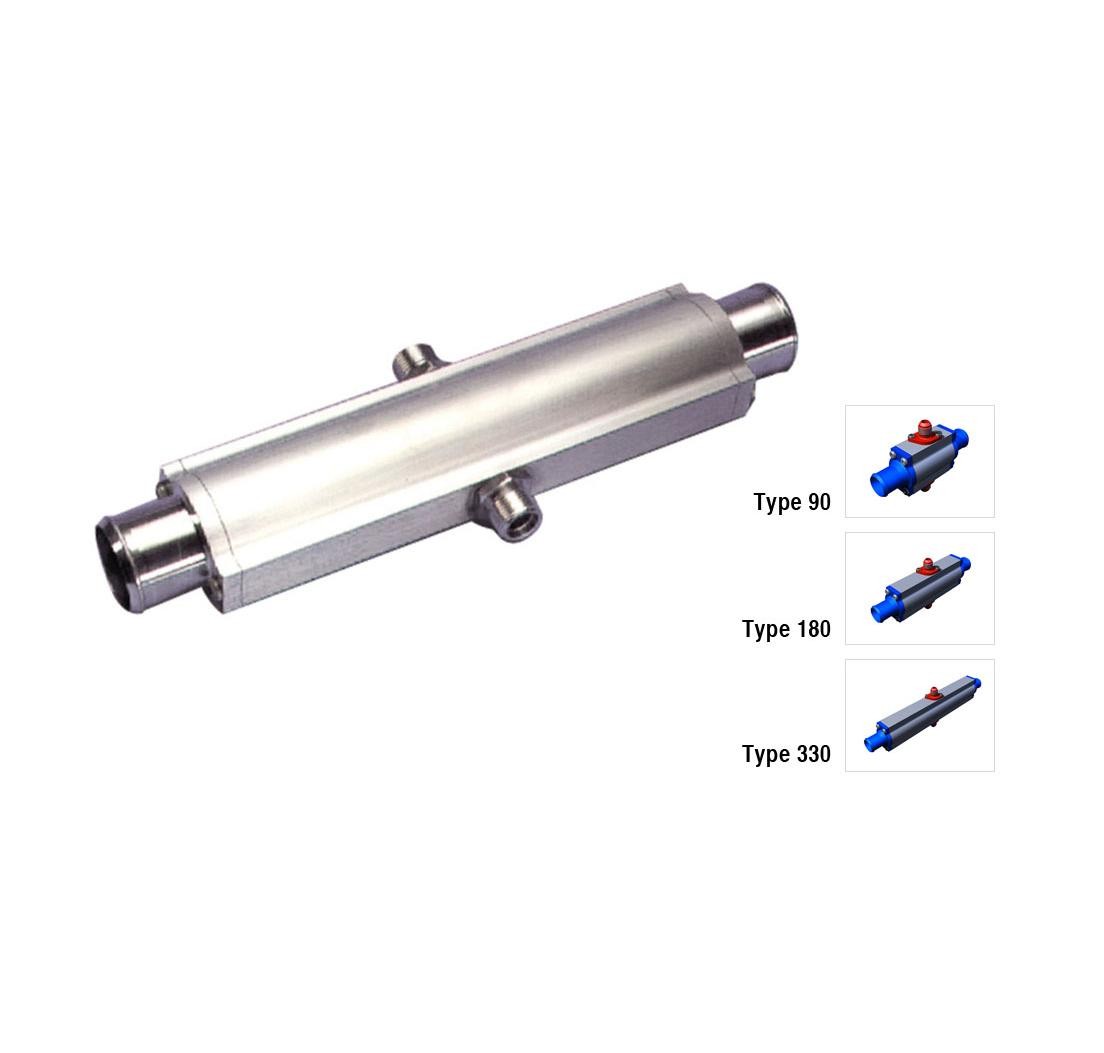Introduction
Oil-to-water heat exchanger is a type of heat exchanger that is specifically designed to cool hot oil using water as the cooling medium. The exchanger allows thermal energy to be transferred from oil to water without direct contact between the two fluids. This is done using metal walls (such as copper or stainless steel) that conduct heat efficiently.
These heat exchangers are critical in hydraulic systems, engine lubrication systems, power plants, and industrial machinery, where the oil must remain at a stable operating temperature to ensure efficient functioning and prevent damage.
How Does It Work?
The oil and water flow through separate channels within the heat exchanger. These channels are usually made of thermally conductive materials. Heat from the hot oil is conducted through the wall separating the two fluids and absorbed by the colder water on the other side. This continuous process allows the oil to cool down while the water heats up and exits the system.
- Oil enters the heat exchanger at a high temperature.
- Cooling water flows in the opposite (counterflow) or same (parallel flow) direction.
- Heat transfers across the conductive walls.
- Cooled oil exits the system, and heated water is either discharged or re-cooled.
Common Materials Used
To ensure thermal efficiency, corrosion resistance, and durability, the following materials are often used:
Tube/Plate Materials:
- Copper – Excellent thermal conductivity, affordable.
- Stainless Steel (SS 304, 316, 316L) – Corrosion-resistant, durable.
- Cupronickel – Great for marine applications with seawater.
- Titanium – Ideal for harsh chemicals or seawater, highly corrosion-resistant.
Shell/Casing Materials:
- Carbon Steel – Economical and strong, but requires treatment against corrosion.
- Brass – Good for moderate corrosion resistance and heat transfer.
- Aluminum – Lightweight, used in automotive or mobile systems.
Types of Oil-to-Water Heat Exchangers
Shell and Tube Heat Exchangers
- Consist of a bundle of tubes enclosed within a cylindrical shell.
- Oil typically flows through the tubes, while water flows over the tubes within the shell (or vice versa).
- Features:
- High-pressure and high-temperature tolerance.
- Easy to disassemble and clean.
- Common in large-scale industrial systems.
Plate Heat Exchangers
- Consist of multiple thin, corrugated metal plates stacked together.
- Fluids flow through alternate channels between the plates.
- Features:
- High heat transfer efficiency.
- Compact and lightweight.
- Easy to expand capacity by adding more plates.
Tube-in-Tube (Double Pipe) Heat Exchangers
- One fluid flows through the inner tube; the other flows in the outer tube.
- Suitable for systems with limited space and smaller heat loads.
- Features:
- Simple construction.
- Ideal for custom or low-volume applications.
Benefits of Oil-to-Water Heat Exchangers
- High Cooling Efficiency: Water absorbs heat more effectively than air, resulting in rapid cooling.
- Compact Design: Takes up less space compared to oil-to-air systems with fans.
- Stable Operation: Maintains oil viscosity and lubricating properties.
- Extended Equipment Life: Prevents thermal breakdown of oil, reducing wear and tear on machinery.
- Energy Efficient: Lowers oil temperature quickly, minimizing power loss due to thermal inefficiency.
- Adaptable Designs: Can be designed to fit horizontal, vertical, or inline installation.
- Easy Maintenance: Many models allow tube bundles to be removed for cleaning or inspection.
Selection Criteria
Choosing the right oil-to-water heat exchanger involves careful analysis of the following factors:
- Heat Duty (Capacity) – The amount of heat that needs to be removed (usually in kW or BTU/hr).
- Oil Flow Rate – Volume of oil to be cooled per minute/hour.
- Viscosity of Oil – Thicker oils require more surface area for effective heat transfer.
- Inlet and Outlet Temperatures – Both for oil and water.
- Pressure Ratings – For both oil and water circuits.
- Type of Water Used – Soft, hard, seawater (corrosion potential varies).
- Fouling Characteristics – Depending on fluid cleanliness.
- Maintenance Access – Depending on frequency of cleaning required.
- Space Constraints – Compact vs large footprint designs.
- Installation Orientation – Horizontal, vertical, inline options.
Conclusion
Oil-to-water heat exchanger is a critical solution for industries that require consistent oil cooling, efficient heat transfer, and equipment protection. Whether used in marine systems, hydraulic units, or industrial machinery, these heat exchangers ensure optimal oil performance and system longevity.
By selecting the right type, material, and configuration, you can ensure:
- Long-term efficiency
- Minimal downtime
- Reduced energy consumption

